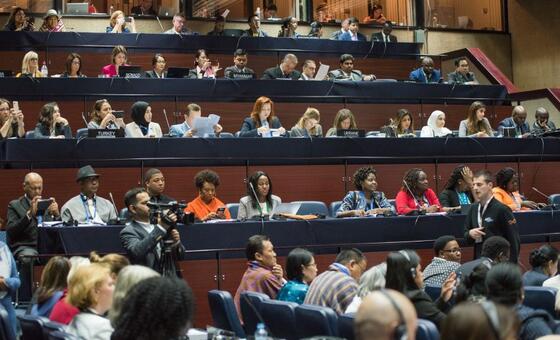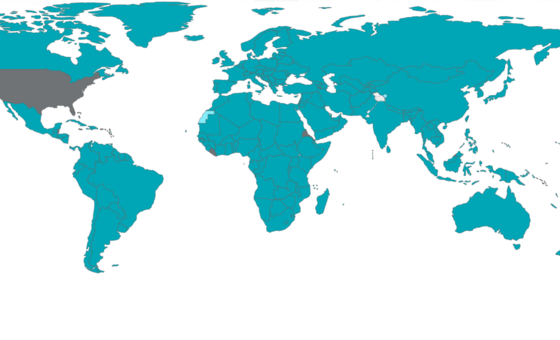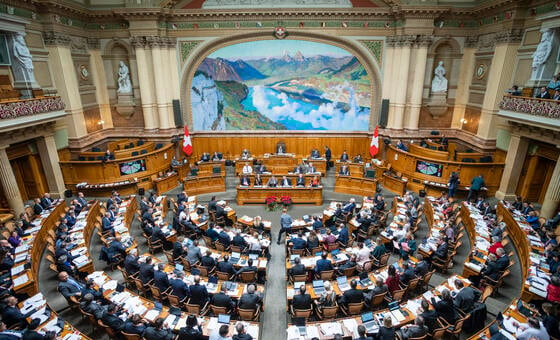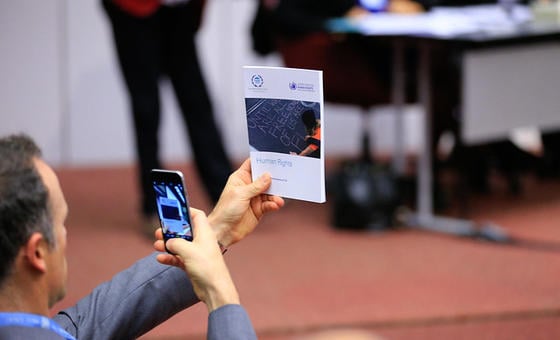- ImpactWe help parliaments to become greener and to implement the Paris agreement.We support democracy by strengthening parliamentsWe work to increase women’s representation in parliament and empower women MPs.We defend the human rights of parliamentarians and help them uphold the rights of all.We help parliaments fight terrorism, cyber warfare and the proliferation of weapons of mass destruction.We encourage youth participation in parliaments and empower young MPs.We support parliaments in implementing the SDGs with a particular focus on health and climate change.
- ParliamentsNearly every country in the world has some form of parliament. Parliamentary systems fall into two categories: bicameral and unicameral. Out of 190 national parliaments in the world, 78 are bicameral (156 chambers) and 112 are unicameral, making a total of 268 chambers of parliament with some 44,000 members of parliament. IPU membership is made up of 180 national parliaments
Find a national parliament
We help strengthen parliaments to make them more representative and effective.. - EventsVirtual eventThe International Court of Justice (ICJ) was constituted under the United Nations Charter to help nations settle disputes peacefully in accordance with international law.
- Knowledge
Discover the IPU's resources
Our library of essential resources for parliamentsGlobal data for and about national parliamentsLatest data and reports about women in parliamentResolutions, declarations and outcomes adopted by IPU MembersRecent innovations in the way parliaments workThe latest climate change legislation from the London School of Economics' database
Geneva Conventions
Many violations of the Geneva Conventions continue to occur in conflicts around the world, adding to the suffering of people caught up in the brutality of war. We are working to end these violations and to help ensure that those who perpetrate them are brought to justice.
The Conventions, agreed in 1949, aim to limit the impact and barbarity of war. They protect two main groups of people: those not taking part in the fighting, such as civilians, medics and aid workers, and those no longer fighting, for example, the wounded, sick or captured. Three additional protocols offering extra protection were added more recently.
Parliaments are key to ensuring that the Conventions and protocols are in force in all countries. As the bodies which adopt, ratify and bring into effect international treaties, they are uniquely placed to drive change where it is needed.
MPs can also oversee whether treaties and conventions are domesticated into national law and that these national laws are being applied effectively. They also ensure that the rules of international humanitarian law are known and understood by the population, army, security forces and all other state bodies.In practical terms this can mean approving the allocating funds for training, ensuring that domestic legislation complies with international norms and making sure the perpetrators are brought to justice.
To help parliaments and MPs in this vital work, we raise awareness where the Conventions and protocols have not been fully implemented or are simply not being honoured. We offer guidance and practical support where necessary.
This work includes broad support for parliaments as key institutions of democracy, strengthening them and their members in countries emerging from conflict, and training and encouraging MPs to lobby their governments for action where it is needed.
Our Handbook for Parliamentarians on International Humanitarian Law produced with the International Committee of the Red Cross (ICRC) provides essential information on how parliaments and parliamentarians can address the issue effectively.
Our Committee to Promote Respect for International Humanitarian Law is key to our work on identifying areas where further progress is needed and to working alongside parliaments to achieve it.
At-a-glance: 1949 Geneva Conventions and protocols
At-a-glance: 1949 Geneva Conventions and protocols
First Convention - protects wounded and sick soldiers on land during war, and medical and religious personnel.
Second Convention - protects wounded, sick and shipwrecked military personnel at sea.
Third Convention - protects prisoners of war, defining the conditions and places in which they should be held and all other aspects of their captivity and eventual release.
Fourth Convention - protects civilians, including those in occupied territory, with provisions covering areas such as humanitarian relief and internment.
First additional protocol (1977) ‑ increases protection for victims of international conflict
Second additional protocol (1977) - increases protection for victims of non-international conflict
Third additional protocol (2005) - adds the Red Crystal to the existing Red Cross and Red Crescent symbols.
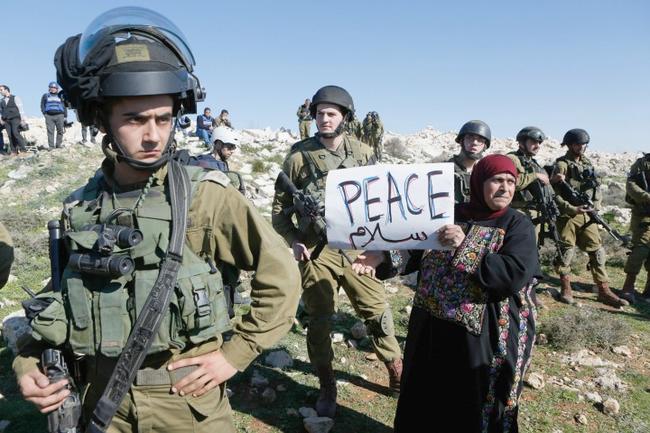
Photo: © Reuters

